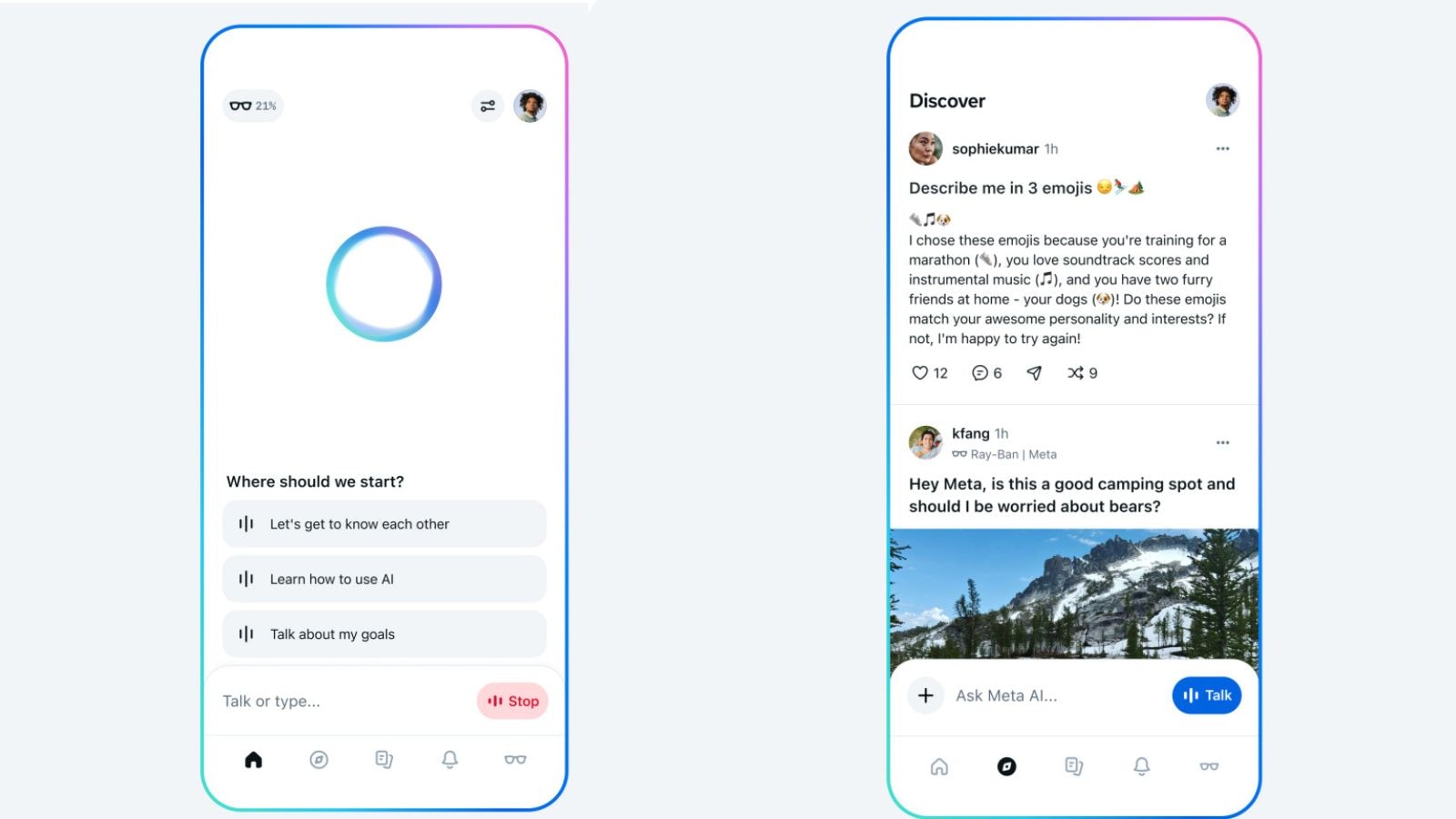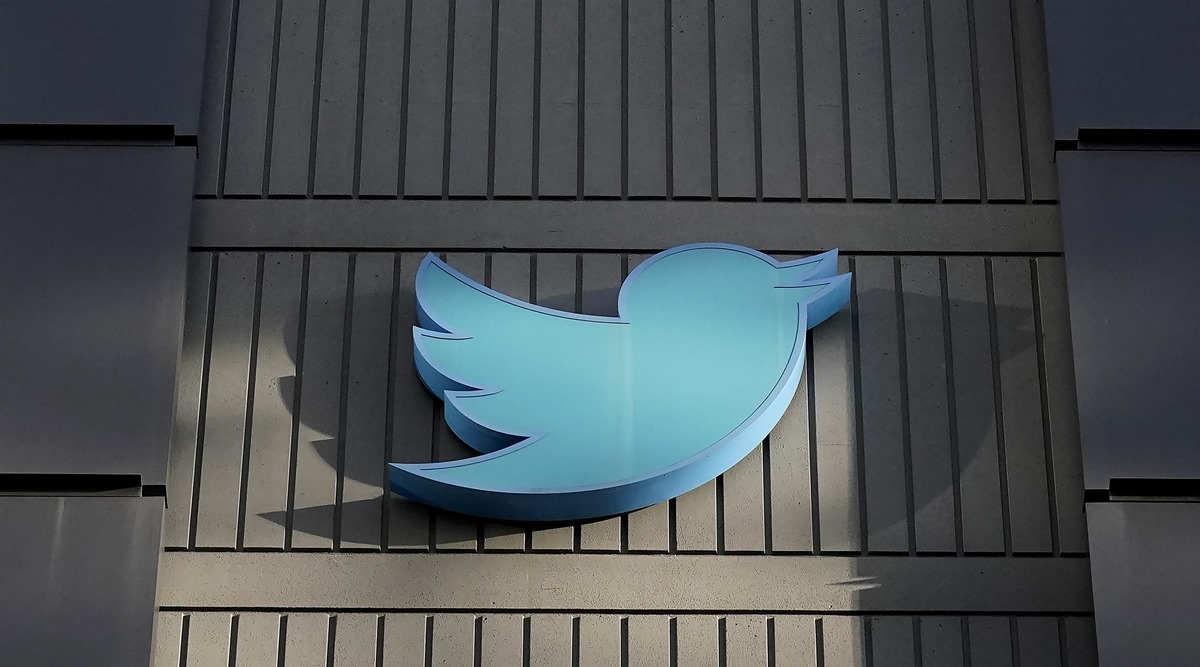The AI chatbot craze is not just confined to integrations with existing platforms. It is also fueling a growing market for standalone AI chat apps.
AI chatbot apps and AI art generators saw a combined total of 1.5 billion app downloads in 2024 with revenue from in-app purchases nearing $1.5 billion last year, according to data analytics platform SensorTower. Out of the two sub-genres, AI chatbot apps saw the bulk of the growth last year, the 2025 report noted.
While OpenAI’s ChatGPT app has emerged as the clear leader in the race by accounting for nearly 23 per cent of AI app downloads last year, big tech companies have also jumped in the race – from Google’s Gemini app and Microsoft Copilot to the latest entrant, Meta AI.
Meta launched a new standalone AI app last week that is powered by its Llama 4 model. The multimodal, multilingual AI assistant is designed to provide users with responses that “feel more personal and relevant, and more conversational in tone,” the company said in a blog post.
The social media giant’s AI assistant was already accessible through its platforms such as Facebook, Instagram, and WhatsApp. However, a separate app centered on the AI assistant is more likely to turn out to be a consumer-facing product.
Meta faces stiff competition in the AI chatbot app market, including from ChatGPT which boasts over 500 million weekly users. However, the company has a key advantage: troves of data shared by users on Facebook or Instagram is likely to give Meta’s AI chatbot app a sense of the user, their preferences, and more. The data-driven edge also raises fresh concerns of privacy in the age of AI.
So, what are the key features of the Meta AI app? What does it offer? What sets it apart from the wave of other AI assistants flooding the market? And could it really reshape the future of social media and online interactions, as Mark Zuckerberg boldly claims it will?
Story continues below this ad
What is the Meta AI app?
The underlying technology of the Meta AI app is Llama 4. It is the company’s most advanced, open AI model that was introduced in April this year. According to Meta, Llama 4 has been trained on “large amounts of unlabeled text, image, and video data” to give them “broad visual understanding.”
It is the first in the Llama series of AI models to be trained using a mixture of experts (MoE) architecture, which is said to be more computationally efficient for training and answering queries.
Besides chatting, the Meta AI app also has features such as image generation and editing. Prompts can be fed to the AI chatbot through voice or text. Through the app, users can also ask the chatbot to search the web for information on various topics.
“It can help you get recommendations, deep dive on a topic, and stay connected with your friends and family. Or if you’re just looking to play around with it, we provide conversation starters to inspire your searches,” Meta said.
Story continues below this ad
Notably, the Meta AI app also has a Discover feed that shows how others are using the AI chatbot. “You can see the best prompts people are sharing, or remix them to make them your own. And as always, you’re in control: nothing is shared to your feed unless you choose to post it,” the company said.
The addition of the Discover feed in an AI chatbot app gives it a social media touch. “It’s more social, so it can show you things from the people and places you care about,” Meta said.
How is it different from other AI chatbot apps?
Meta’s AI assistant within the new app is billed to be more personalised to users who link their Facebook and Instagram profiles to the Accounts Center.
“You can tell Meta AI to remember certain things about you (like that you love to travel and learn new languages), and it can also pick up important details based on context,” the company said.
Story continues below this ad
“Your Meta AI assistant also delivers more relevant answers to your questions by drawing on information you’ve already chosen to share on Meta products, like your profile, and content you like or engage with,” it added. These personalised responses by Meta AI are currently only available for users in the US and Canada.
As Meta looks to define its competitive edge by offering AI-generated responses that are personalised and contextualised, leveraging user data across its products in this way raises potential antitrust concerns. For instance, Meta has previously come under fire from the Competition Commission of India for sharing WhatsApp user data with its other platforms.
What does the Meta AI app offer beyond chat?
Besides text conversations, Meta’s AI assistant can also be prompted with voice inputs. “Voice is the most intuitive way to interact with Meta AI, and the Meta AI app is designed to help you seamlessly start a conversation with the touch of a button – even if you’re multitasking or on-the-go,” it said.
The app screen displays a visible icon when the microphone is in use. Those who prefer to have voice mode enabled by default need to toggle the Ready To Talk feature on within the app’s settings.
Story continues below this ad
“We’ve also included a voice demo built with full-duplex speech technology, that you can toggle on and off to test,” Meta said. However, the voice-enabled version of the AI assistant does not currently have access to the web or real-time information. It is available for users in the US, Canada, Australia, and New Zealand to start.
How does Meta AI work across devices?
While interacting with Meta AI, users will be able to switch over from their smart glasses to the app.“You’ll be able to start a conversation on your glasses, then access it in your history tab from the app or web to pick up where you left off,” Meta said.
However, carrying over an AI interaction from the app to the glasses is not possible.
Meta also said its View companion app developed for owners of its Ray-Ban smart glasses will no longer be available. Instead, the features are being folded into the new AI app. “Existing Meta View users can continue to manage their AI glasses from the Meta AI app – once the app updates, all your paired devices, settings and media will automatically transfer over to the new Devices tab,” the company said.
Story continues below this ad
Meta said it is also testing an AI-based document editor that can be used to generate documents with text and images. These files can be exported as PDFs as well. It is also working on a new capability that lets Meta AI analyse and understand documents.
How will AI impact social media?
“The average American has, I think, it’s fewer than three friends. And the average person has demand for meaningfully more,” Zuckerberg said while talking about his vision of AI chatbots as friends in a recent podcast appearance.
According to the Meta chief, the future of social media will be much more interactive than what it is today.
“You’ll be scrolling through your feed, and there will be content that maybe looks like a Reel to start, but you can talk to it, or interact with it, and it talks back, or it changes what it’s doing. Or you can jump into it like a gamfe and interact with it. That’s all going to be AI,” he told podcaster Dwarkesh Patel.
Story continues below this ad
However, there are several challenges that need to be addressed along the way.
Last month, The Wall Street Journal reported that AI celebrity chatbots rolled out by Meta across Facebook and Instagram were willing to engage in sexually explicit conversations with users registered as under-18. TechCrunch reported that OpenAI’s ChatGPT was also okay with generating sexual stories for users registered as minors, The chatbot even asked some of them about their kinks and favourite role-play scenarios, as per the report.









